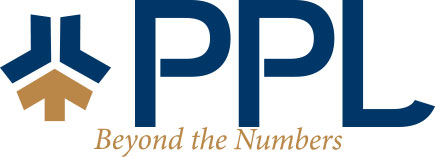QCD 101: What Is It & How Can It Benefit Me?
A QCD, or qualified charitable distribution, is an option where these withdrawal funds can be used to make a nontaxable direct donation from your IRA to a qualifying charitable organization. With the ability to give up to $100,000 annually, a QCD can provide a number of benefits to both the donors and the receivers of these funds. See below for a breakdown of how they work and what is required to complete one.
You must be 70 ½ or older to be eligible to make a QCD. When you reach retirement age, you are required to withdraw a certain amount of funds each year from your IRA. While more money may sound great, it can have an overall negative effect on your bottom line. Because it greatly increases your annual taxable income, this extra cash flow could force you into a higher bracket.
Why is it beneficial?
There are several reasons beyond helping your community that could make a QCD advantageous to your giving and retirement strategy.
- It can be used to satisfy your IRA’s annual RMD (required minimum distribution), which means less taxable income will hit your bank account. Having a lower adjusted gross income (AGI) also comes with its own set of benefits, like potentially decreasing your amount of taxable Social Security and lowering Medicare premiums.
- It also allows you to claim additional deductions that you may not have qualified for with that extra income. For small business owners in particular, making sure you receive the very most that you are entitled to on your tax return is crucial in supporting your livelihood.
What is required to make a QCD?
Not all IRAs are eligible to make a QCD. The types of accounts are limited to traditional, rollover, inherited, SEP and SIMPLE. If you wish to use your QCD as your RMD, this must be the first amount of funds taken out of your IRA, and it must be filed before your RMD deadline in order to count (usually this is on the last day of the year). Failure to complete both of these requirements could mean a denial of your QCD claim.
Who can receive a QCD?
If you are thinking about making a QCD, one thing to consider is which charity (or charities) you would like to donate to – you are allowed to split your funds to benefit multiple organizations if desired. But first, you need to know which ones are eligible to receive the donation. QCDs can only be made to 501(c)(3) organizations. Private foundations, donor-advised funds and supporting organizations do not qualify. The donation also cannot benefit you in any way, meaning that it cannot be applied to something like purchasing tickets for a gala or auction type of event where you would get to attend and/or receive something in return.
What’s the proper process for making a QCD?
Something of great importance when it comes to making a QCD is the way in which it must be given. Your donation must be directly transferred from your IRA custodian or plan administrator to an eligible charity. This means that you won’t be able to write a check from your account or have the funds sent to you to deliver to your charity personally.
Should my QCD be listed on my tax return?
You should list your QCD on your 1099, but there is no need for it to be itemized. You will also need to ensure you receive a notification of donation as proof when submitting your return. It doesn’t need to be anything beyond the usual notice of reception you would get for a regular donation, but it will be needed. To guarantee everything is documented properly, you should always enlist a professional accountant to help with this process from start to finish.
As a small business owner, it’s important to be confident in your financial strategy and those representing you. If you have questions or need any assistance in completing a QCD, PPL is here to help. Click here to get in touch with us today.

